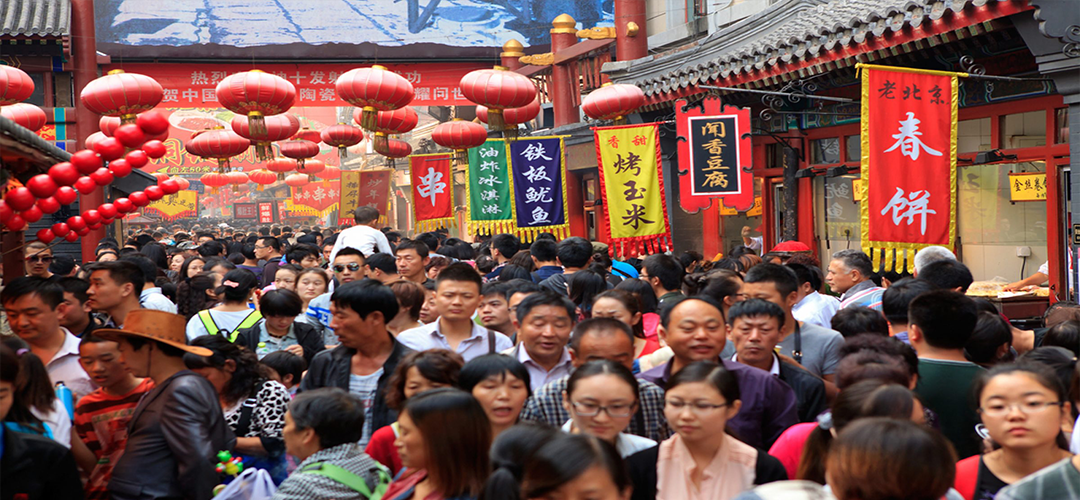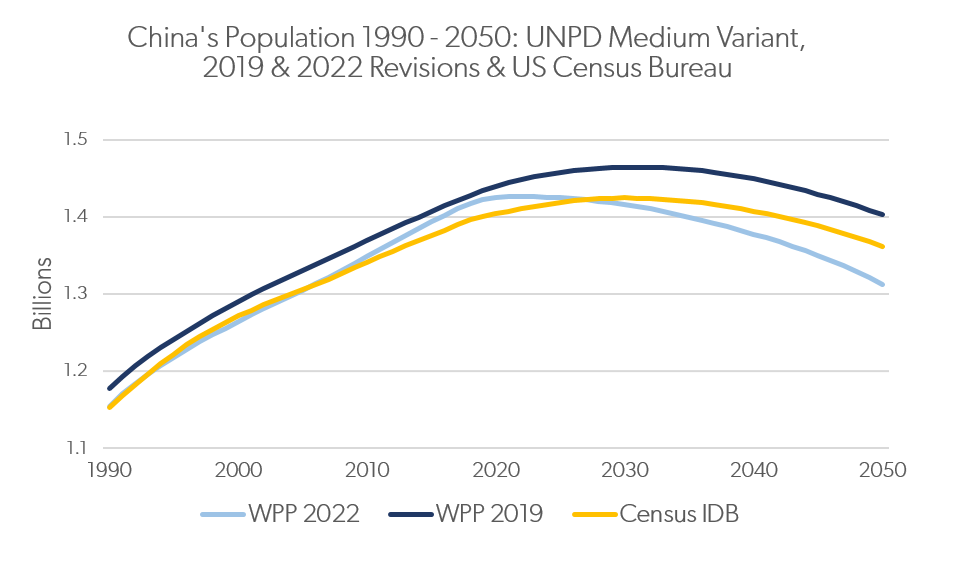China- is It Really Shrinking?
January 28, 2023 | Expert Insights

The People's Republic of China is the 3rd largest country in terms of area after Russia and the United States of America and comprises one-sixth of the world. With the world's largest population, it is on the verge of losing this dubious distinction- to India- by the end of this year, as per UN statistics.
Since rising from the ashes of a long-drawn and fratricidal civil war in 1949, the Communist nation has used extreme measures to control its galloping population figures, an endeavour that has shown positive results for the last few decades. According to a report released in January by China’s National Bureau of Statistics, the country's total population declined by 850,000 in 2022.
A shrinking population with an increasing number of elderlies comes with its own set of challenges!
Background
Six decades ago, China suffered one of its greatest famines which starved millions to their deaths, and a pall of death hung over this vast country for almost four years. Unsurprisingly, China's population census indicated a dip in the aftermath of this tragedy, where nature and man's culpability had combined to enforce a harsh population control measure.
A proud nation swore that never again was the country to face a similar tragedy, and thence onwards, the population control measures would be a well-planned and robustly implemented state masterplan.
In the span of 40 years, from 1949 to 1980, China experienced a population explosion which nearly doubled population from 540 million to 960 million. Adhering to Adam Smith’s Demand and Supply theory to curb the faster depletion of resources, then communist party leader Deng Xiaoping formulated the idea of the 'One Child Policy.’ This was shock therapy in a nation where large families were the norm, especially in its rural heartland. However, all opposition was ruthlessly crushed with punishments, heavy fines and forced abortions. As the nation prospered through its capitalist makeover, the population decline made it easier to spread its growing economic well-being amidst its masses, making for the most equitable society in China's long history. However, the so-called demographic dividend is a two-edged sword, and both too much and too little can impede a nation's growth, as China- like its historic enemy Japan- is learning at cost.
Like many developed nations, China has a rapidly ageing population, shrinking the productive population while increasing the number of pensioners who consume vast amounts of state finances for their existence and medical care. To back-engineer this ongoing shift in demographics, China lifted its strict ban on the One Child policy and implemented a two-child policy in 2016 before it went on with three child policy in 2021.

Analysis
The new ‘pro-child’ policy will take at least two or three generations to make a difference to the population dividend of China- that is, if it succeeds.
More importantly, the Chinese have been exposed to the comforts of a materialistic life in small nuclear families, no longer dragged down by many offspring to bog down their economic rise. It is feared that despite the relaxation of norms, the younger generation may not be motivated enough to have larger families due to the soaring cost of living, education and declining job opportunities. Housing in urban areas remains in short supply and expensive, and average apartments are too small for raising large families.
A social factor also exists but is seldom mentioned- the deeply engrained stereotype of women bearing the brunt of childraising. This impinges on the ability of a struggling Chinese couple to raise more children while skyrocketing prices of pregnancy and child care make every pregnancy a financial burden. In a work environment where women are graded below their male counterparts, Chinese women face discrimination at home and work and would resist making their lives even more difficult through two or more children.
Negative population growth has a deep impact on the whole of China, from the working of the economy to its social structure. With the burden of an already ageing population and shrinking working force, China's economy expanded by only 3 per cent in 2022, although some would lay the blame on the pandemic. As for the social implications, less working force means fewer people earning, which means fewer taxes and, therefore, lower state revenues to provide for the general public- a vicious cycle that the leaders in Beijing would be worried about.
The Chinese government has come out with a slew of measures to arrest the decline- tax reductions, extended maternity leave, cash incentives etc. For example, Huangzhugen village, in Lianjiang city in southern Guangdong province, will pay permanent residents up to $510 a month for babies born after September 1. Families will receive the monthly subsidies until their babies turn two and a half years old – which could add up to more than $15,000 per baby. Linze county, in northwest Gansu province, is offering a $6,200 real estate subsidy for couples with two or three children. Panzhihua, a city in Sichuan province, is also giving cash handouts to families with two or three children at $80 per month.
Assessment
- China is the world’s second-largest economy and, along with the U.S., is an engine for global growth; any decline in its growth would send ripples across the globe. Beijing must already be working on a long-term solution, and importing labour from other Asian countries could be an immediate option. After all, all rich countries face the problem of shrinking population growth rates, and none seem to have collapsed due to wanting of working hands, at least till now.
- More gender equalizing measures allocating more resources towards women, such as maternity benefits, paid leaves etc., could encourage young couples to raise more children.
- India, which will soon take the pole position in the population race, has the benefit of studying the Chinese experience while creating its population management measures to ensure it avoids the pitfalls of China's much-vaunted 'one child' policy, which at one time had many supporters in India.








Comments